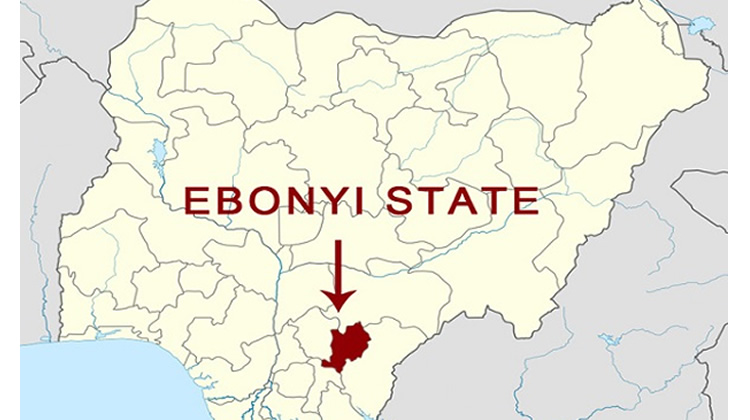By Ben Carter
The Ebola virus has killed about 5,000 people since March – but one scientist who is studying the statistics says this is not the best figure to consider if we really want to understand the current state of the outbreak and how to beat it.
A total of 4,960 people have died from Ebola this year according to statistics released by the World Health Organisation on 4 November. More than half of those cases – 2,766 – were in Liberia.
But this cumulative figure, which is widely reported, can only go one way – up. It gives no meaningful insight into how the outbreak has developed says Hans Rosling, professor of global health at the Karolinska Institute in Sweden.
“It’s a bad habit of media. Media just want as many zeroes as possible. They’d prefer to say in Liberia we’ve had about 2,700 cases or 3,000 cases,” he says.
Last month Rosling moved to the Liberian capital, Monrovia to work with the Ministry of Health where his task is to analyse the statistics to see how the virus is spreading and find the best way to tackle it.
He says that the number of new daily cases has dropped dramatically over the past few months and has plateaued in recent weeks.
“Ebola in Liberia started coming over the border into Lofa County, then it moved down during the summer and hit the capital, Monrovia, really badly in August and September. But now the numbers in the capital are down from 75 a day to 25 a day,” says Rosling.
He argues that using a daily figure gives a more accurate representation of what’s going on right now. “Take Lofa County for instance where they’ve had 365 cases cumulatively but the last week it was zero, zero, zero, zero every day.”
Despite this drop, Rosling says one of the biggest challenges facing Liberia is that every single county has seen new cases of Ebola in recent weeks.
“This means we are fighting a low intensity epidemic. It flares up in one of the counties, it’s controlled there and then it jumps up in another place. This will take time to get rid of.”
One key development that appears to be affecting the number of new cases is a change in what is known as the reproduction number.
“When it was at its peak… one infected person on average infected two others. Now on average one person infects one other,” he says.
Many people with Ebola now are identified and treated before they can transmit the disease to anyone else but not every case is caught early enough.
“Every now and again there is a remote funeral and five or six people will get infected there. So we see these clusters of outbreak and the task is to catch them as early as possible before neighbours get infected,” says Rosling
“People understand this themselves. In a village where one family is infected they would make a ring around the house and say ‘you do not go over this line… here’s the water and the food that you need.’”
Rosling expects there to be fewer cases of Ebola in the future and that they will be widely distributed – but he thinks these small outbreaks will be tough to eradicate completely.
He says that reducing the daily infection rate from its peak to the current level was easier than the next task – bringing it down to zero.
One thing that has struck Rosling during his short time in Liberia is the global desire to help the region.
Sitting in meetings, he says, “I have a US general on one side, a Chinese general on the other side and on the opposite side of the table sits a health professional from Cuba. We all work very nicely together.
“We only know one thing – we are going to win. We are talking about months. We have to finish it before a year. So I told my grandkids I won’t be home for Christmas.”
– bbc.co.uk



